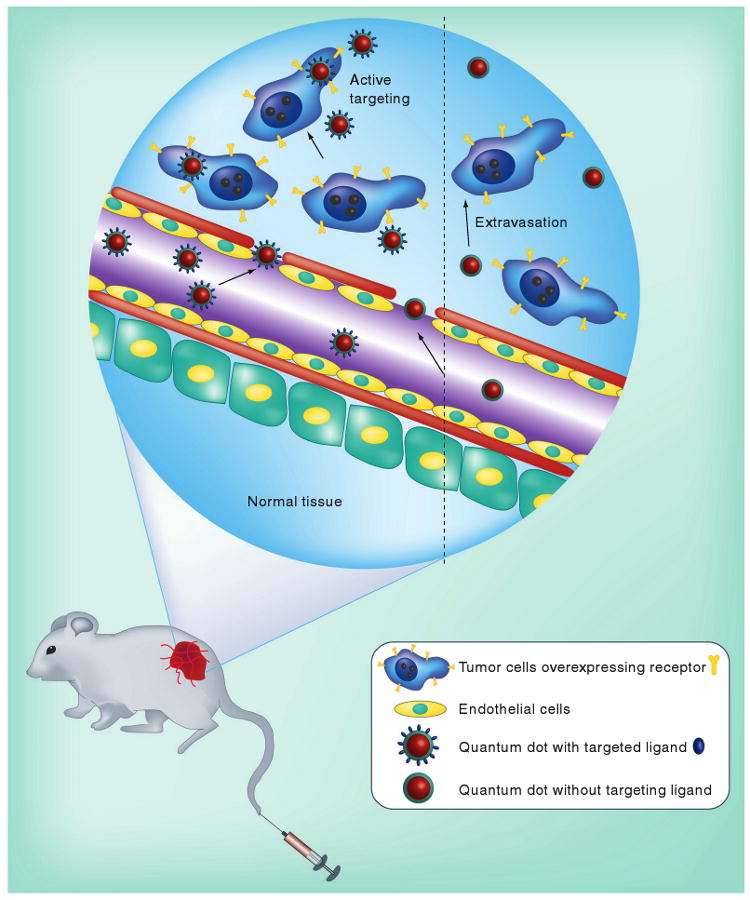Figure 2. Quantum dots involved in both active and passive tumor targeting.

In the passive mode, nanometer-sized particles such as quantum dots accumulate at tumor sites through an enhanced permeability and retention effect. For active tumor targeting, nanoparticles are conjugated to molecular ligands such as antibodies and peptides to recognize protein targets that are overexpressed on the surface of tumor cells such as the EGF receptor, the transferrin receptor or the folate receptor.
Adapted with permission from Ximei Qian, Nie Group, Emory University, GA, USA.
